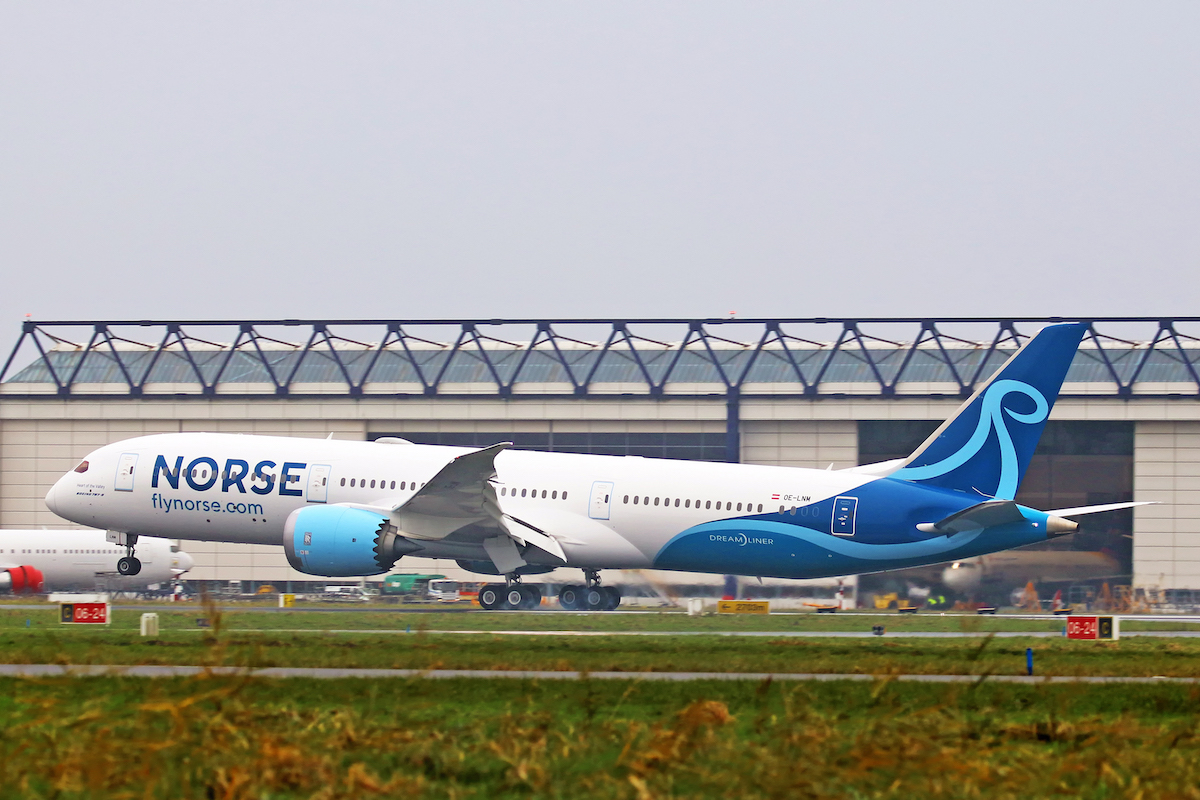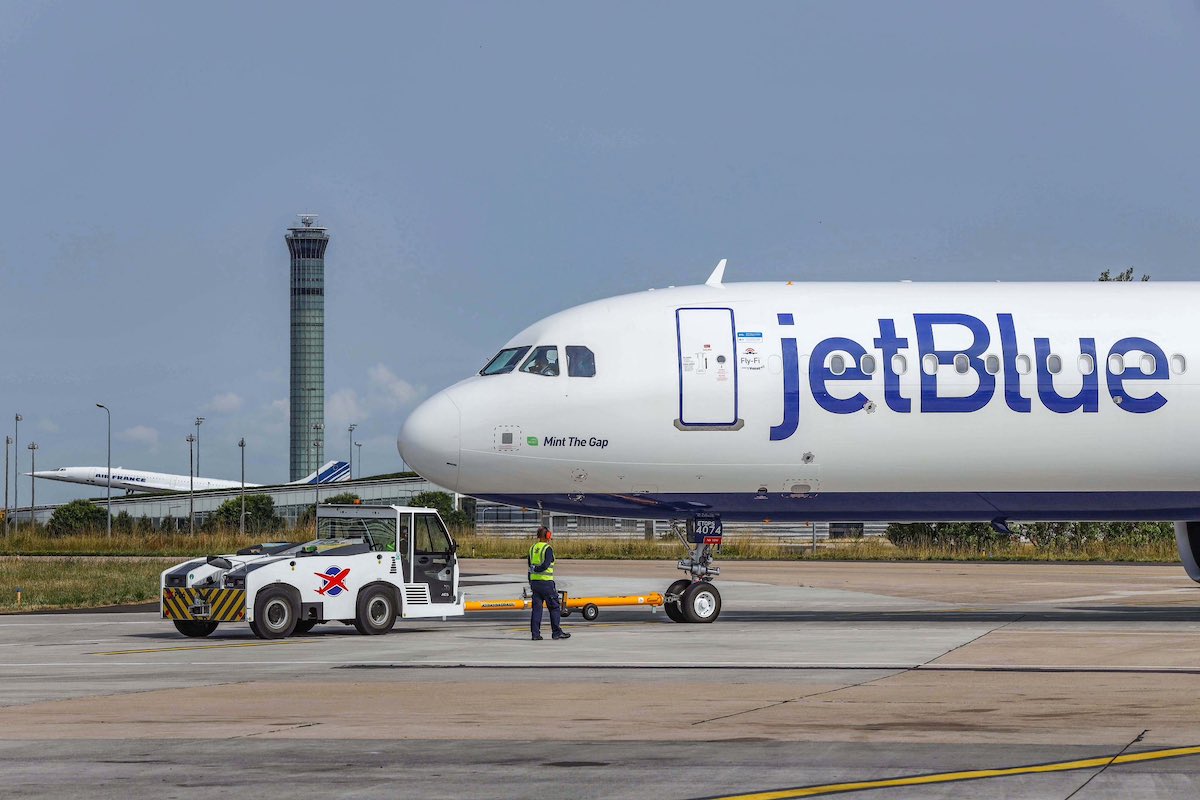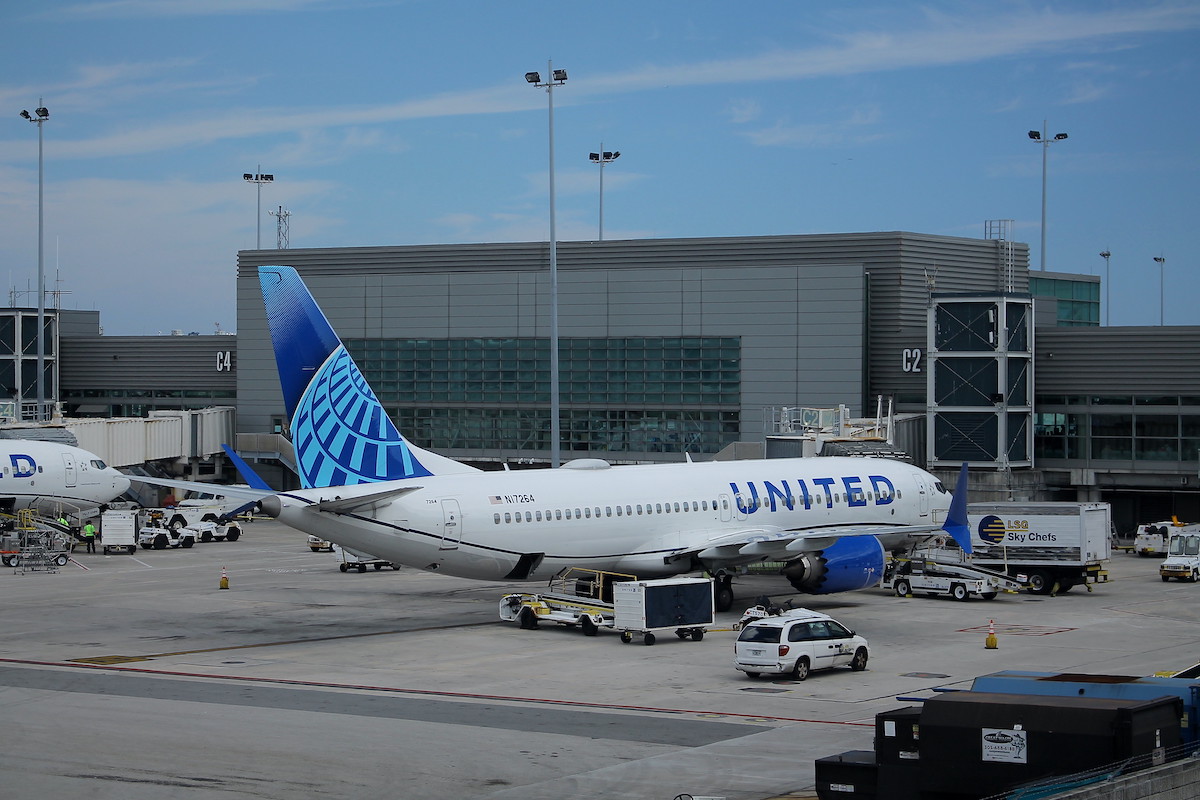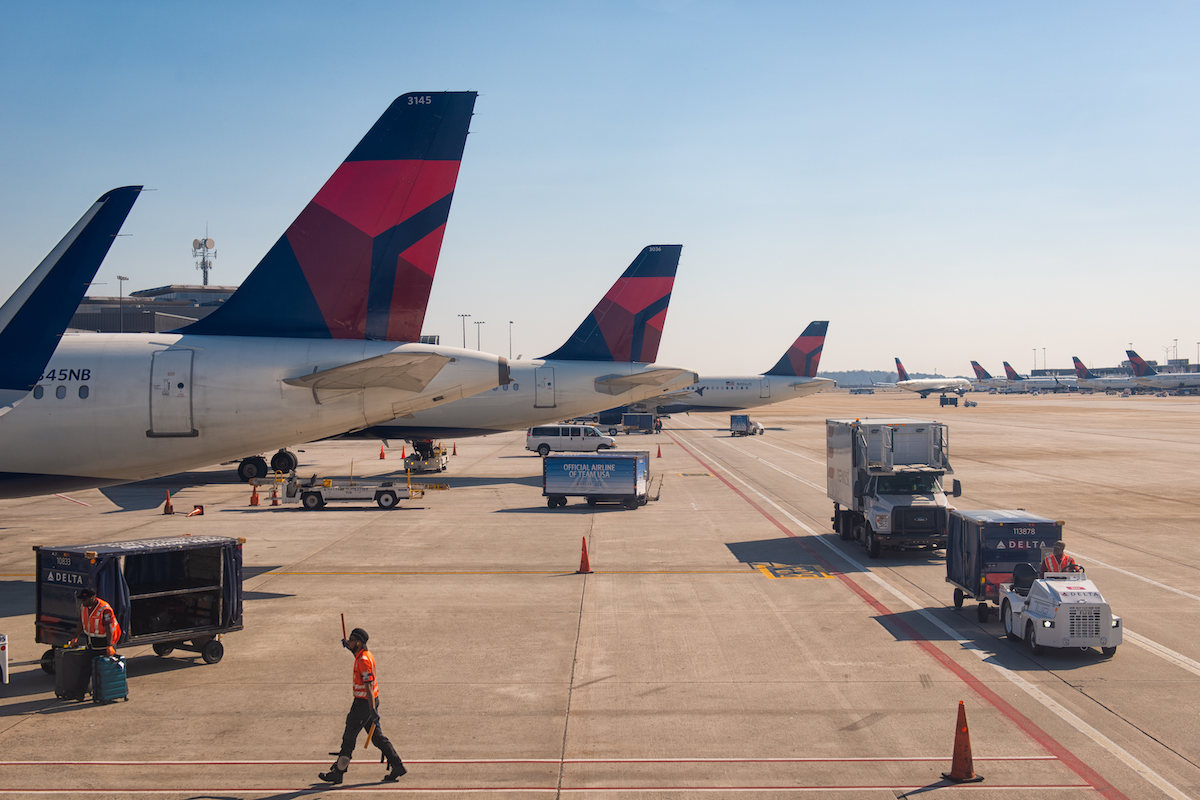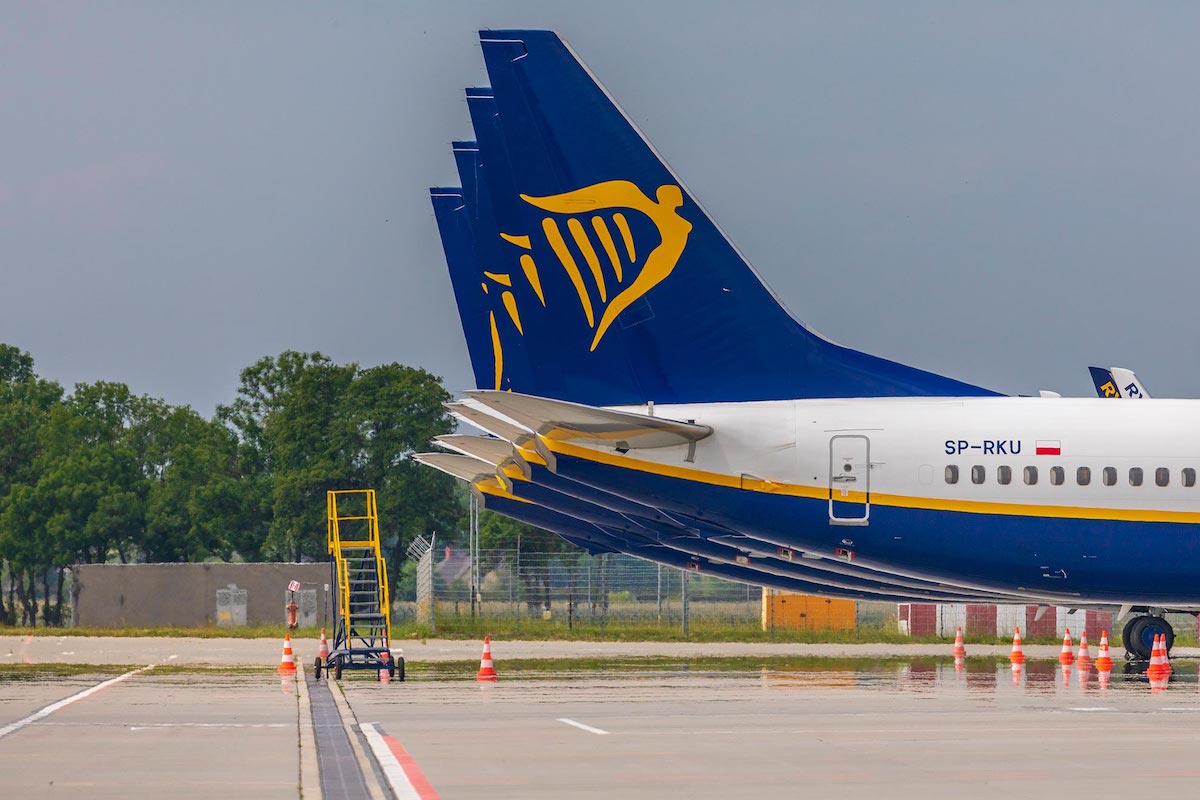A new breed of long-haul budget airlines is rapidly adding new routes between the U.S. and Europe for the upcoming summer. But even with recent additions, the segment remains a fraction of the size it was four years ago — and that’s good for the airline industry’s major players.
Norse Atlantic Airways, the Norway-based startup that flies Boeing 787s across the Atlantic, unveiled its latest new route this week: New York JFK to Rome Fiumicino daily from June 19. The new route joins Norse’s previously announced new service between JFK and Paris Charles de Gaulle that takes off in March. And in Iceland, startup Play Airlines recently unveiled plans for new service to Hamilton, Ontario, near Toronto and Washington Dulles from its Reyjkavik base.
Sounds like a lot of new flights for the cost-conscious traveler? It’s not, really.
Discount or leisure airline capacity, measured in available seat miles, between the U.S. and Europe, will be down roughly 48 percent this June-to-August compared to the same period in 2019, Diio by Cirium schedules show. Put another way, the segment’s share of the market will be about half what it was four years ago, or 4.5 percent. Overall airline industry U.S.-Europe capacity is down just 2.5 percent. Both numbers are subject to change as carriers make schedule updates, including any additional network additions.
The biggest shift in the transatlantic budget market is the loss of Norwegian Air. The discounter cut its longhaul business when it restructured early in the pandemic. To put that in perspective, in 2019 Norwegian Air alone was one-and-a-half times the size of what Condor, Eurowings Discover, French Bee, Norse, and Play will be combined this summer.
The reduction in discount competition is good for the remaining airlines in the market. It allows them to charge higher airfares and generate stronger yields on transatlantic routes. However, it could limit some leisure travel as would-be flyers face sticker shock when they go to buy tickets for their summer holidays.
The major transatlantic players have used the crisis to consolidate their leading positions. United Airlines, which in 2019 was the third largest carrier in the market, is the undisputed U.S.-Europe leader having grown capacity by nearly 30 percent this summer compared to four years ago, according to Diio. Former market leader, Delta Air Lines, is second with capacity up nearly 6 percent. Air France and KLM are also larger, while American Airlines, British Airways, Lufthansa, and Virgin Atlantic Airways are all smaller.
And, important to the network carriers, the three large immunized joint ventures — anchored by American and British Airways, Delta and Air France-KLM, and United and Lufthansa — have expanded their control of the transatlantic capacity by 5 points to 80 percent of the market since 2019, Diio data show. Members of these partnerships can coordinate capacity and airfares, which allows them to operate as essentially a single airline in the market.
“The global long-haul environment … [is] set up to hit a home run on TRASM on our global long-haul network,” United Chief Commercial Officer Andrew Nocella said earlier in January. TRASM is total revenues per available seat mile.
Specific to the transatlantic, Nocella said United expects record TRASM and margins this year given where demand and industry capacity sit. The airline plans new European routes to Barcelona, Berlin, Malaga, Rome, Shannon, and Stockholm this summer.
